Consumers Differ From Producers In That Unlike Producers Consumers
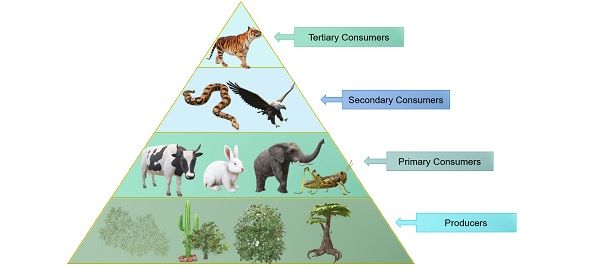
Imagine a bustling farmer's market on a sunny Saturday morning. The air is filled with the aroma of freshly baked bread, ripe fruits, and fragrant herbs. Consumers, with reusable bags in hand, stroll leisurely, carefully selecting the plumpest tomatoes and the most vibrant flowers. Meanwhile, behind the stalls, producers – the farmers themselves – are keenly observing, calculating, and strategizing, ever mindful of costs, yields, and the fickle demands of the market.
At the heart of every economic exchange lies a fundamental distinction: the difference between consumers and producers. While both are essential components of a thriving economy, their motivations, perspectives, and roles diverge significantly. Understanding these differences is crucial for navigating the complexities of the marketplace and fostering a balanced, sustainable economic ecosystem.
The Consumer Perspective: Needs, Wants, and Choices
Consumers are driven primarily by their needs and wants. They seek to acquire goods and services that will provide satisfaction, utility, or fulfillment. This pursuit is often guided by factors such as price, quality, convenience, and personal preferences.
The concept of "consumer sovereignty" suggests that consumers, collectively, dictate what is produced. This is realized through their purchasing decisions.
Consumers engage in a decision-making process that involves evaluating options, comparing prices, and considering alternatives. They are constantly weighing the perceived benefits against the costs.
The Psychology of Consumption
Consumption is not merely a rational process; it is deeply intertwined with psychology and emotions. Marketing strategies often tap into consumers' desires for status, belonging, or self-expression. The allure of a brand, the perceived value of exclusivity, and the influence of social trends all play a role.
Consider the allure of a luxury handbag. It's not just about carrying belongings; it's about signaling success and belonging to a certain social group. This emotional connection to products and brands significantly influences consumer behavior.
Furthermore, consumer behavior is affected by cognitive biases, like the anchoring effect or loss aversion, leading to potentially irrational purchasing decisions.
The Producer's Predicament: Costs, Profits, and Risks
Producers, on the other hand, are primarily motivated by profit. They aim to create goods and services that can be sold at a price that exceeds the cost of production. This requires careful management of resources, efficient operations, and a keen understanding of market demand.
Producers face a myriad of challenges, including fluctuating input costs, technological advancements, and the ever-present threat of competition. They must constantly innovate and adapt to stay ahead.
Unlike consumers, producers bear the risk of financial loss if their products fail to resonate with the market. This inherent risk drives them to make calculated decisions regarding product development, pricing, and marketing.
The Producer's Balancing Act
The life of a producer is a constant balancing act. They must juggle the competing demands of profitability, quality, and sustainability. The desire to maximize profits can sometimes conflict with ethical considerations or environmental responsibility.
For example, a farmer may be tempted to use excessive pesticides to increase crop yields. But this could harm the environment and potentially damage the health of consumers. Finding the right balance is crucial for long-term success and sustainability.
The concept of "corporate social responsibility" emphasizes the need for producers to consider the broader societal impact of their actions. This includes environmental protection, fair labor practices, and ethical sourcing.
Key Differences: A Comparative Analysis
The core difference lies in their primary objectives: Consumers seek satisfaction, while producers seek profit. This fundamental divergence shapes their perspectives, priorities, and behaviors.
Consumers typically operate on a smaller scale, making individual purchasing decisions. Producers, on the other hand, operate on a larger scale, managing complex supply chains and production processes.
Consumers are driven by demand, while producers are driven by supply. This creates a dynamic interplay between the two, shaping the ebb and flow of the market.
The Interdependence of Consumers and Producers
Despite their differences, consumers and producers are inextricably linked. Producers rely on consumers to purchase their goods and services, while consumers rely on producers to provide them with the products they need and want.
This interdependence creates a symbiotic relationship. Each group benefits from the success of the other.
A healthy economy requires a balance between consumer demand and producer supply. Too much demand can lead to inflation, while too much supply can lead to overproduction and economic stagnation.
According to the Bureau of Economic Analysis (BEA), consumer spending accounts for a significant portion of the US GDP, highlighting the crucial role of consumers in driving economic growth.
Navigating the Future: A Call for Balance
In an increasingly complex and interconnected world, understanding the differences between consumers and producers is more important than ever. By recognizing the motivations and challenges faced by each group, we can foster a more balanced and sustainable economic ecosystem.
Consumers can become more informed and responsible in their purchasing decisions, considering the ethical and environmental impact of their choices. Producers can embrace corporate social responsibility, prioritizing sustainability and ethical practices alongside profitability.
Ultimately, a thriving economy requires a collaborative effort between consumers and producers, working together to create a world where everyone benefits.
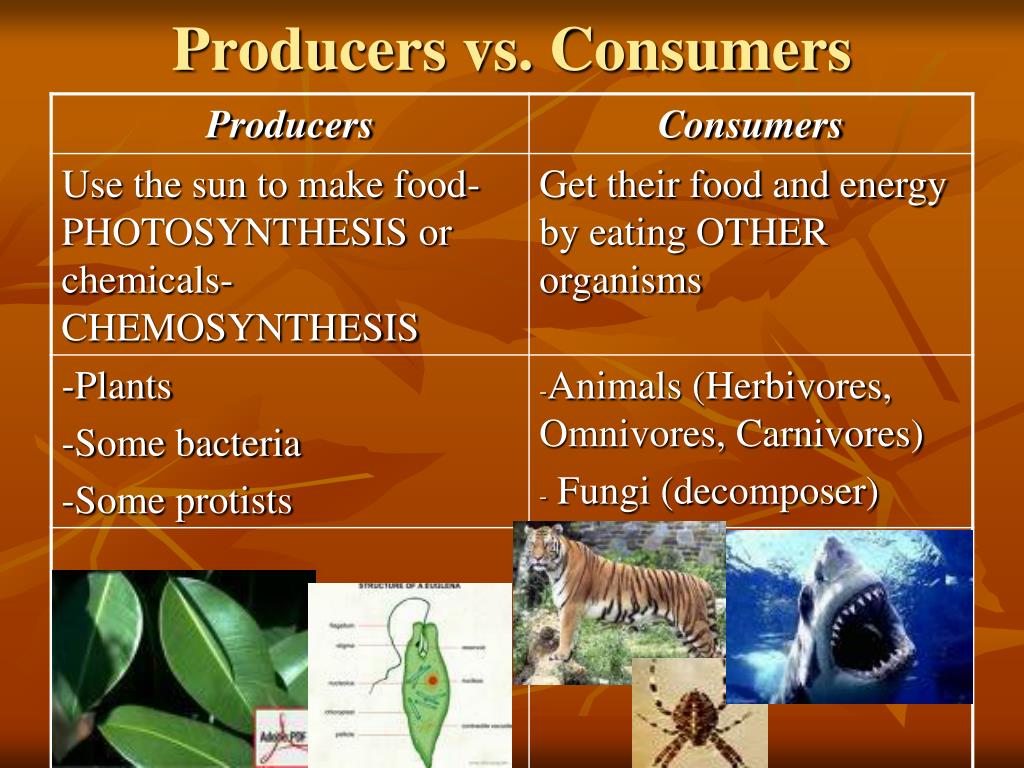

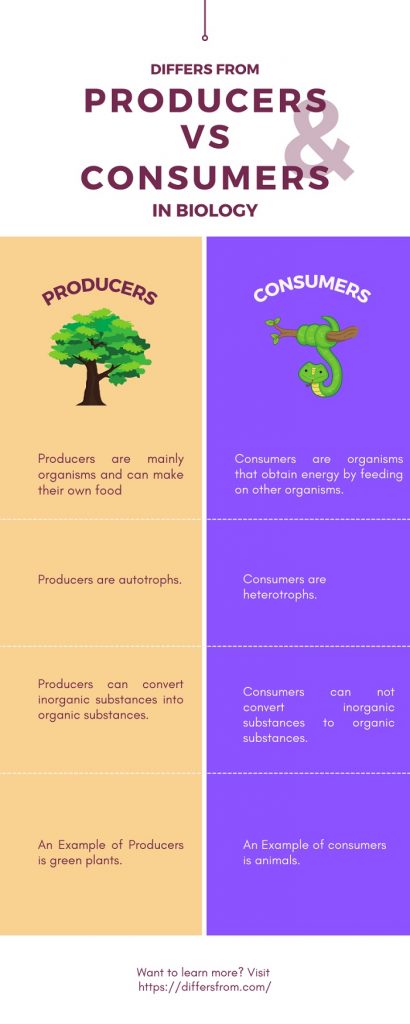
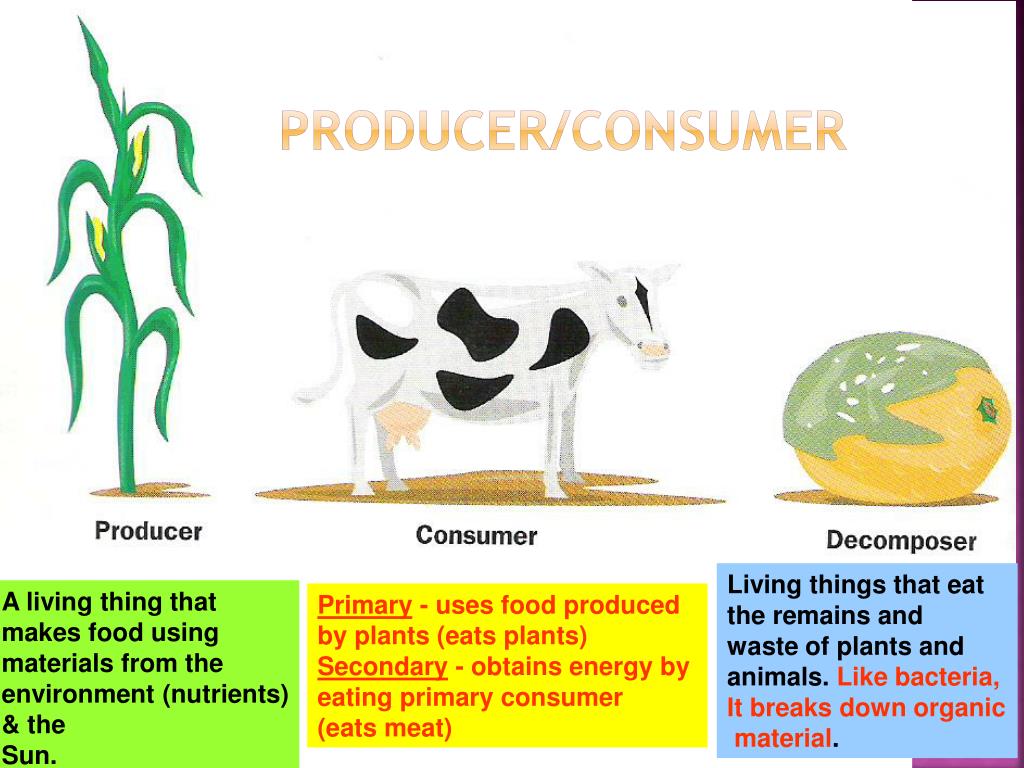

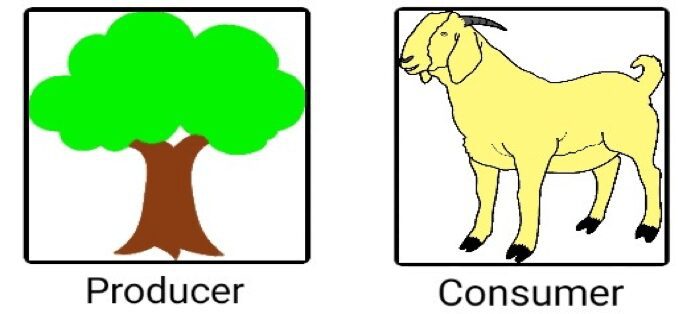

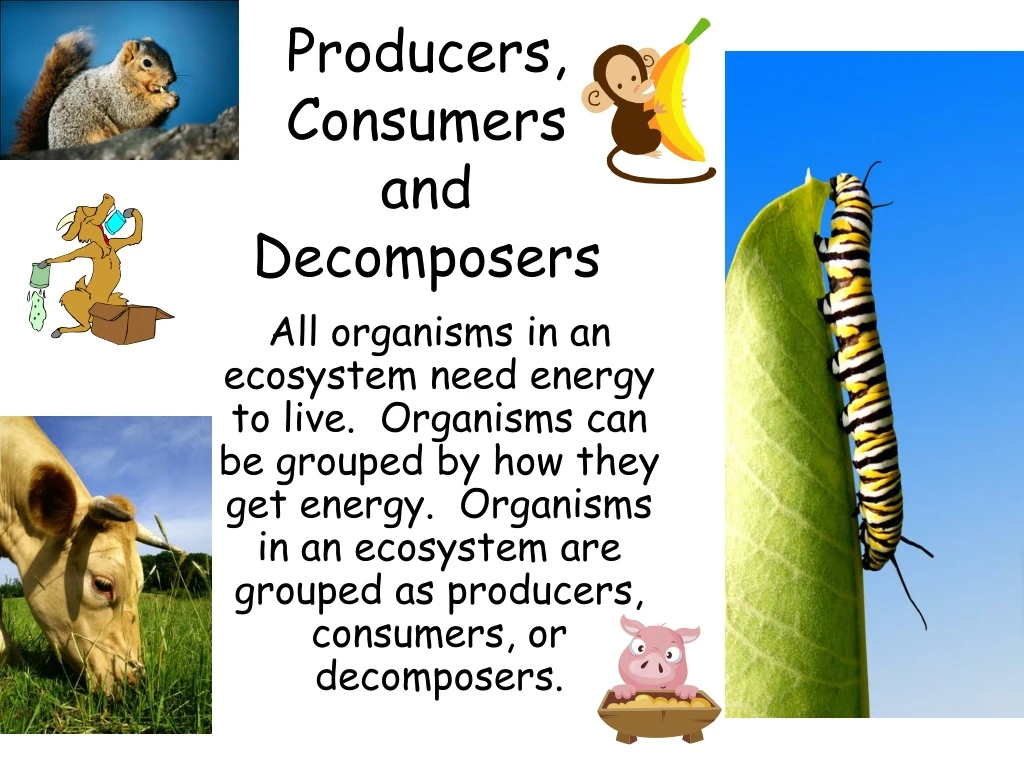





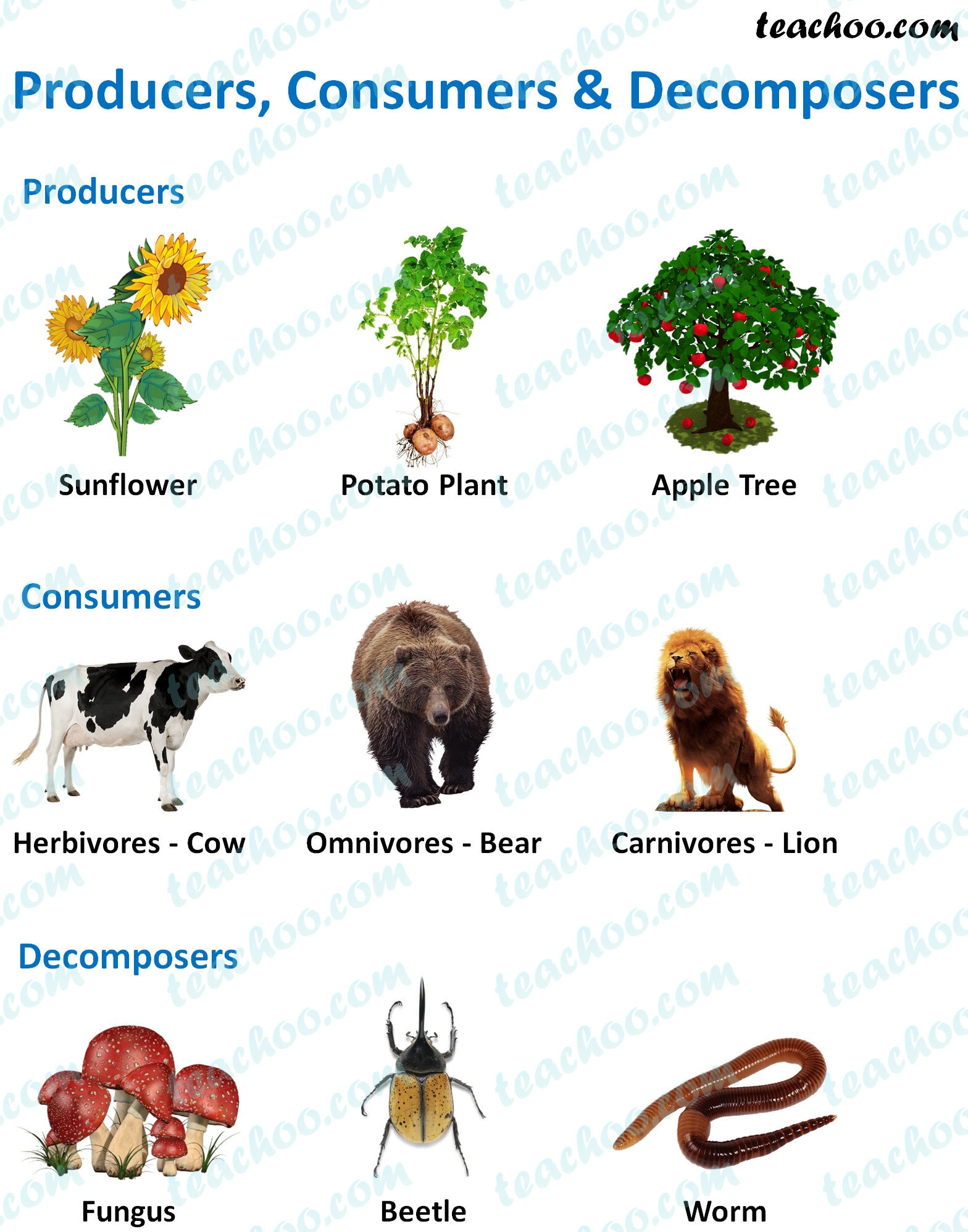



+or+omnivores..jpg)
